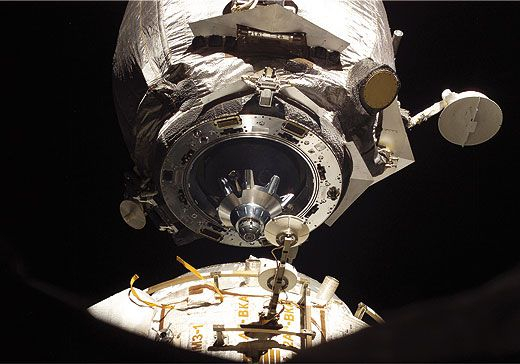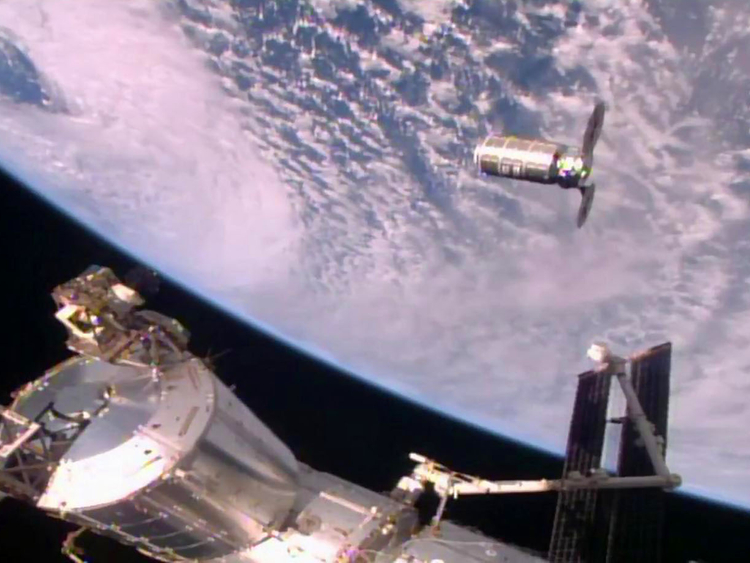
Dubai: Space junk refers to metallic, plastic, or other solid pieces left over from rockets or satellite components (tanks, antennas, solar arrays) and other space technology scrap.
There are tens of thousands of pieces larger than 10cm, 500,000 pieces bigger than a marble, and several million smaller ones.
They move at about 30,000km per hour, carrying enough energy to punch a hole in a satellite, or break a window of the International Space Station.
There are currently several thousand satellites orbiting Earth (the exact number is unknown as hundreds of spy satellites are undeclared for obvious reasons).
The number is expected to grow by up to a factor of 10 over the next decade: SpaceX alone plans to put 12,000 small internet-beaming satellites, and numerous companies, universities, and government agencies want to place (small, cheap) CubeSats and nanosats in space.
From time to time, a space power destroys an ageing satellite (as China did a few years ago) to prevent it from reentering Earth’s atmosphere and spilling its toxic chemicals. All this greatly increases the probability of some debris hitting a satellite, or a spacecraft, or large enough pieces reentering the atmosphere, flaring in the sky, and causing social media storms and mild panic.
The US Department of Defence has an extensive programme to track tens of thousands of space junk, but it’s becoming increasingly difficult to keep track of everything. Various solutions are being explored to deal with the problem. One consists of robotic arms, or nets, that can grab or collect large pieces in space. Another solution is focusing solar radiation on small pieces and vaporising them to safe(r) sizes.
Here on Earth, space debris does not constitute a danger to be worried about. No piece from space, whether natural or man-made, has ever hit a human being. In fact, very few pictures exist of space objects hitting a car or a house. That is because the inhabited areas of Earth represent a tiny fraction of the planet’s surface, so the chance of something falling in a city instead of seas, oceans or deserts is negligible. Still we need to worry about space debris as the number of satellites and spacecraft grows fast.
How to distinguish a meteor from space debris
Meteors, commonly referred to as ‘shooting stars’, are streaks of light that appear in the sky when a space object enters Earth’s atmosphere and burns up, usually completely (unless it’s very big). To distinguish them from ‘fireballs’, space debris that reenters our atmosphere and produces those spectacular flights, one must know the following:
• Meteors move very fast across the sky and tend to be very faint. Hence it is very difficult to spot them from within the city or any areas where there’s much light, or even when the moon is up and close to full.
• Fireballs, which are caused by big objects burning up, are very bright, often making several bright spots, and usually last very long periods (tens of seconds).
• Inexperienced observers must learn to distinguish meteors from satellites (which move much slower across the sky), airplanes (very slow, have flashing lights, and often take curved paths), and falling debris.
Nidhal Guessoum (@NidhalGuessoum) is a professor of physics and astronomy at the American University of Sharjah, UAE.







